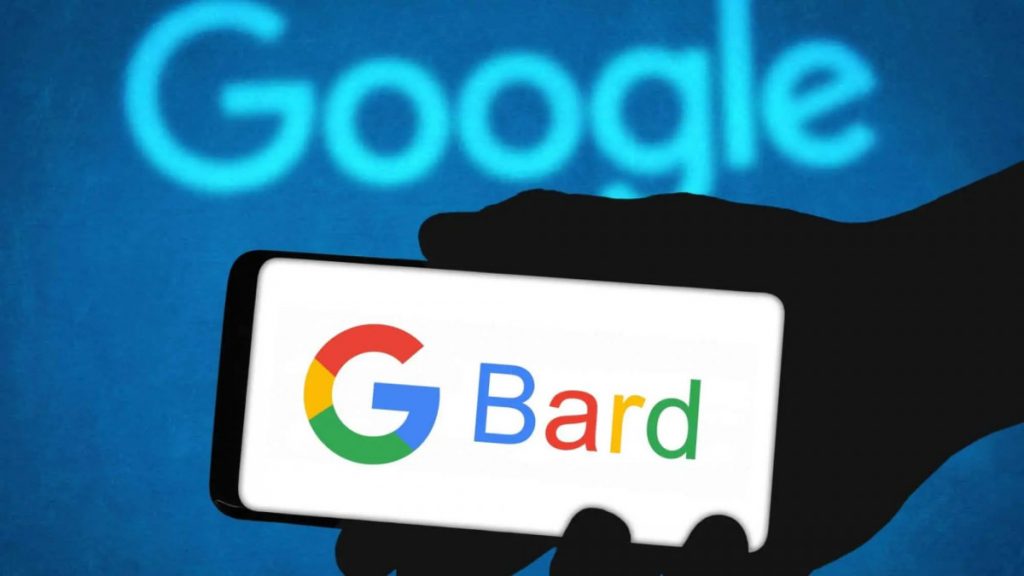Highlights:
- Google’s capacity to provide image-based prompts for Bard is one of its most prominent new features.
- Five preprogrammed text style parameters will make it simpler to personalize the chatbot’s responses: straightforward, long, short, professional, and casual.
Google LLC recently launched a set of new features for Bard, which the company calls the chatbot’s “biggest expansion to date.”
Together, the search giant is expanding the geographic availability of Bard. Since March, the chatbot has been available in 180 countries. Now, people in Brazil and Europe will also be able to use it. Google is also adding support for 43 more languages, some of which are Arabic, Chinese, German, Hindi, and Spanish.
Google’s capacity to provide image-based prompts for Bard is one of its most prominent new features. A user could, for instance, submit a photograph of a street sign and ask the chatbot to translate the displayed text. According to Google, the feature is initially available in English, with support for additional languages coming “soon.”
In addition to allowing users to enter more input types into Bard, the latest update will also improve the chatbot’s output. Five preprogrammed text style parameters will make it simpler to personalize the chatbot’s responses: straightforward, long, short, professional, and casual. By selecting a new audio icon in the user interface, users can opt to have Bard read their responses aloud.
The other changes that Google released are about making the chatbot easier to use.
The company says Bard users can save chats by adding shortcuts to the chatbot’s sidebar. Also, conversations can now be shared with others through shared links.
Bard Product Lead Jack Krawczyk and Amarnag Subramanya, Vice President of engineering for the chatbot, said, “Now when you start a conversation, you’ll see options to pin, rename and pick up recent conversations in the sidebar. For example, if you ask Bard to help you compare outdoor sports for the summer, you can revisit the tips later.”
Bard can generate both text and code. Google is adding the ability to sync chatbot-generated Python code to Replit, a famous cloud-based software development tool, for developers who use Bard’s programming tools. Early this year, Google’s cloud business made a deal with the tool’s maker, Replit Inc., and the search giant also uses the tool internally.
The new features are being added a few days after a competitor, OpenAI LP, added a tool called Code Interpreter to its ChatGPT service. The company says the plugin lets people do data science jobs by giving them natural language prompts. Code Interpreter can answer math questions, make graphs, and change the way data files are formatted to make analysis easier.





























































